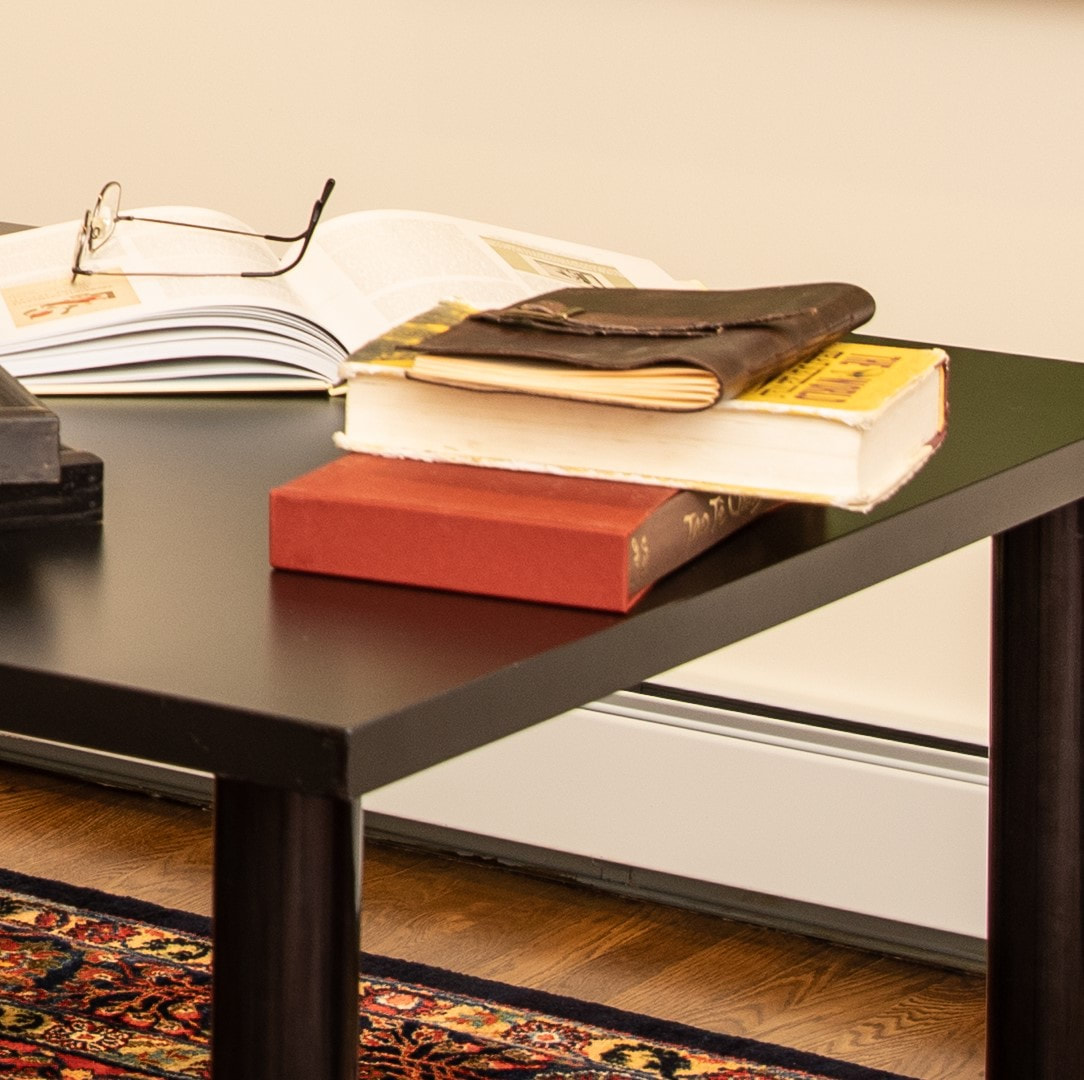|
As you think about the best ways to protect your personal collection - whether it be paintings, photographs, or sculptures - the storage area itself should be a foundational consideration.
If possible, select a storage space for your collection that is neither at the top of the building nor below grade, this will help with temperature and humidity control. Additionally, selected storage areas should ideally not have mechanical systems running through them, nor should there be windows. We understand that these criteria are often hard to meet at private residences, but Guardian Fine Art Services offers storage areas that meet the highest standards of object storage. Guardian has no minimums. Securely store one item in our Managed Storage area or an entire collection in a Private Vault. If you have questions or need a safe place to store your collection, please email [email protected]. We are here to help! #artcollection, #artcollecting, #bestartstorage, #preserveart, #artstoragetips, #protectart, #keepartsafe, #safestorageforinstruments, #secureyourcollection, #guardianfineart, #archivalmaterials The condition of a book can be preserved by taking basic preventive measures. Books, like all collectibles are susceptible to damage due to environmental conditions. Over time, light, temperature, and humidity are the biggest factors. Protect books from exposure to natural and artificial light - especially compact fluorescent. Keep the lights off and shades or curtains drawn in your library when it is not in use. Fixtures with LED lamps are the safest option for illumination.
Don’t store books in areas that are susceptible to temperature fluctuation. Avoid shelves next to fireplaces and radiators and on outside facing walls. As is true for many collectibles, 50 percent relative humidity and 70 degrees Fahrenheit is recommended by the AIC and AAM. Use of fans, de-humidifiers, humidifiers, and air conditioners can help you add or remove moisture and regulate temperature. If you are considering climate-controlled storage for your books, fine art, antiques, or other collectibles, be sure to ask about environmental and security monitoring. Guardian’s storage maintains strict environmental and security controls with 24/7 monitoring. #preserveart #bestartstorage #safelystorebooks #librarystorage #bookstorage #collectionstorage #howtostore To keep ceramic and glass sculptures safe, display them in dust proof glass cases or acrylic vitrines if possible. Be sure the surface is clean, level and stable. Be aware of vibrations caused by traffic, trains, and building equipment. Over time, constant vibrations can cause movement and damage the object. Some preparators use museum wax to stabilize objects, but only do this after checking with a conservator. The wax may be difficult to remove from certain objects. In extreme cases, such as in earthquake zones, earthquake resistant mounts can be constructed to help safeguard precious objects.
If you do not have enough room for display, and need to keep art objects in storage, be sure to use archival materials. Carefully wrap objects in archival lingnin-free tissue and place in sturdy, acid-free boxes with plenty of archival padding. Never wrap items in newspaper as the inks can cause staining and the paper itself will off-gas. If you need assistance with custom display mounts (including earthquake resistant mounts) or advice on museum best practices to store your collection, please contact us at [email protected]. We are here to help. #protectyourcollection #bestartstorage #safelydisplayceramics #preserveart #custommounts #museumqualitymounts #collectionscare photo credit: Robb Quinn Photographic materials are common in personal collections and also highly susceptible to damage in poor storage conditions. Fluctuations in temperature, relative humidity, and light levels can all lead to physical and chemical deterioration of photographs and photographic materials. Similar to paper documents, photographs should be stored in buffered archival folders, separated by like materials in a climate controlled room. Unstable or highly combustible materials, such as silver nitrate negatives, should be stored carefully and in isolation from other collections. It is also important to store prints separate from negatives to protect against the potential of complete loss during a disaster and to protect against chemical deterioration from off-gassing.
If you have questions about the condition of your photographic materials or need a safe place to store them, please email [email protected]. We are here to help! #artcollection #artcollecting #bestartstorage #preserveart #artstoragetips #protectart, #keepartsafe #secureyourcollection #guardianfineart #archivalmaterials #archivalphotographstorage |





 RSS Feed
RSS Feed





